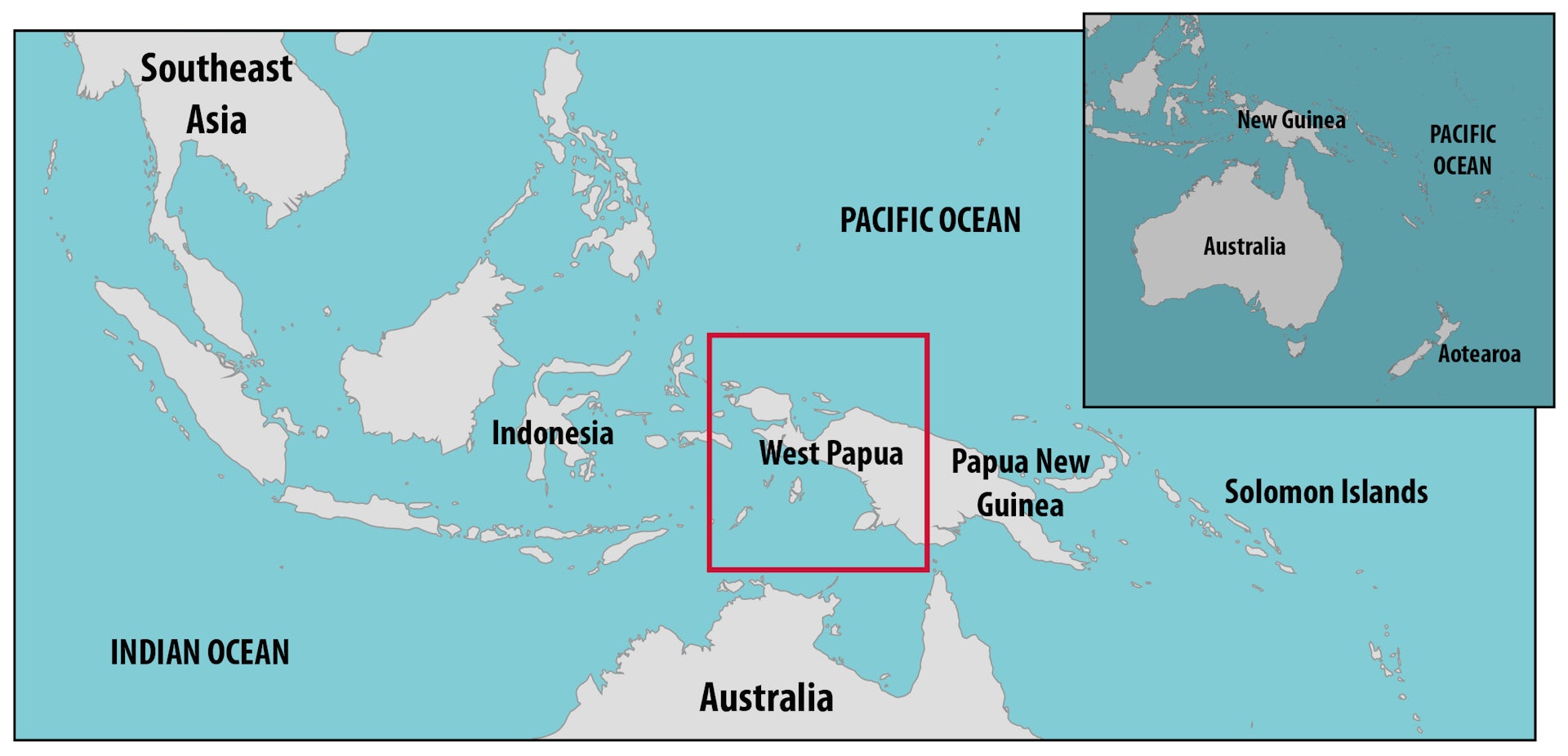Scientists Discover Immune Cell Networks Driving Deadly Lung Disease | Rutgers University


Autoimmune conditions and allergies provide strong evidence for evolution over intelligent design by highlighting the imperfections and trade-offs inherent in the immune system. These disorders demonstrate how a system shaped by natural selection can prioritize short-term survival at the expense of long-term health, leading to vulnerabilities that are difficult to reconcile with the concept of a perfect designer.
Autoimmune diseases occur when the immune system mistakenly attacks the body’s own tissues. Examples include rheumatoid arthritis, lupus, multiple sclerosis, and type 1 diabetes.
The immune system must strike a delicate balance: it must be reactive enough to fight infections but tolerant enough to avoid attacking the body’s own cells. Evolution has shaped this balance, but it is imperfect. A hyperactive immune system, while better at combating infections, increases the risk of autoimmune diseases.
Now it's beginning to look like we must include the fatal lung disease known as idiopathic pulmonary fibrosis (IPF) to the long list of autoimmune conditions that stem directly from the facts that the immune system evolved and was not intelligently designed.
The very existence of the immune system should prompt creationists to reconsider several basic beliefs and especially claims made by leading proponents, such as Michael J. Behe. Behe suggests that pathogens and the diseases they cause result from 'genetic entropy', a degradation enabled by biblical 'Sin', which supposedly causes genomes to 'devolve', thus creating parasites and pathogens. Other creationists suggest an alternative viewpoint, attributing the existence of parasites and diseases to an evil designer, such as Satan - a claim which is regarded as blasphemous by fundamentalists for whom it is doctrine that there is only one creative entity - God.
In contrast, William A. Dembski argues that any 'complex specified information' (CSI) within the genome must originate from an intelligent designer, typically inferred — though seldom explicitly acknowledged by prominent creationists — as the God described in the Bible or the Qur'an. The genes that enable parasites to evade our immune defences are clear examples of what Dembski would term CSI, whereas Behe regards these genes as 'devolved' from an initially perfect creation.
However, neither Behe nor Dembski adequately addresses the question of who or what designed the immune system itself. Was it the same designer responsible for Dembski's complex specified information, or was it Behe's designer of an initial, perfect creation? If we consider Dembski's argument, it raises a critical question: where is the intelligence in designing an immune system to protect organisms against pathogens created by the very same designer? Regarding Behe's perspective, if the immune system were part of the initial perfect design, why would the designer anticipate 'The Fall' and its consequences unless it was intentionally planned? Alternatively, did all organisms possessing immune defences receive an upgrade after 'The Fall', indicating a supposedly omniscient deity initially failed to foresee the need for such protection? This then raises the question, is the designer either not omniscient or not competent, or did it plan for the 'Fall' and the suffering caused by parasites all along?
Not only are there these gaping flaws in creationism's attempts to account for the immune system within their own theology, including its failure to protect us and its propensity to attack us because the delicate balance referred to above is not robust enough or sensitive enough. The fact is that a perfectly designed immune system should make much of medical science redundant. However, the evidence continues to accumulate that the immune system, like the rest of biology is not the result of intelligent design but of an evolutionary process with all its inherent faults, constraints and inevitable suboptimal compromises.
Evidence strongly supporting the theory that IPF is the result of an autoimmune response by an over-sensitive immune system has been provided by a team of researchers led by Rutgers University, New Jersey, USA. Their findings are being published in the
European Respiratory Journal and are described in
Rutgers Today:






















.jpg)

















